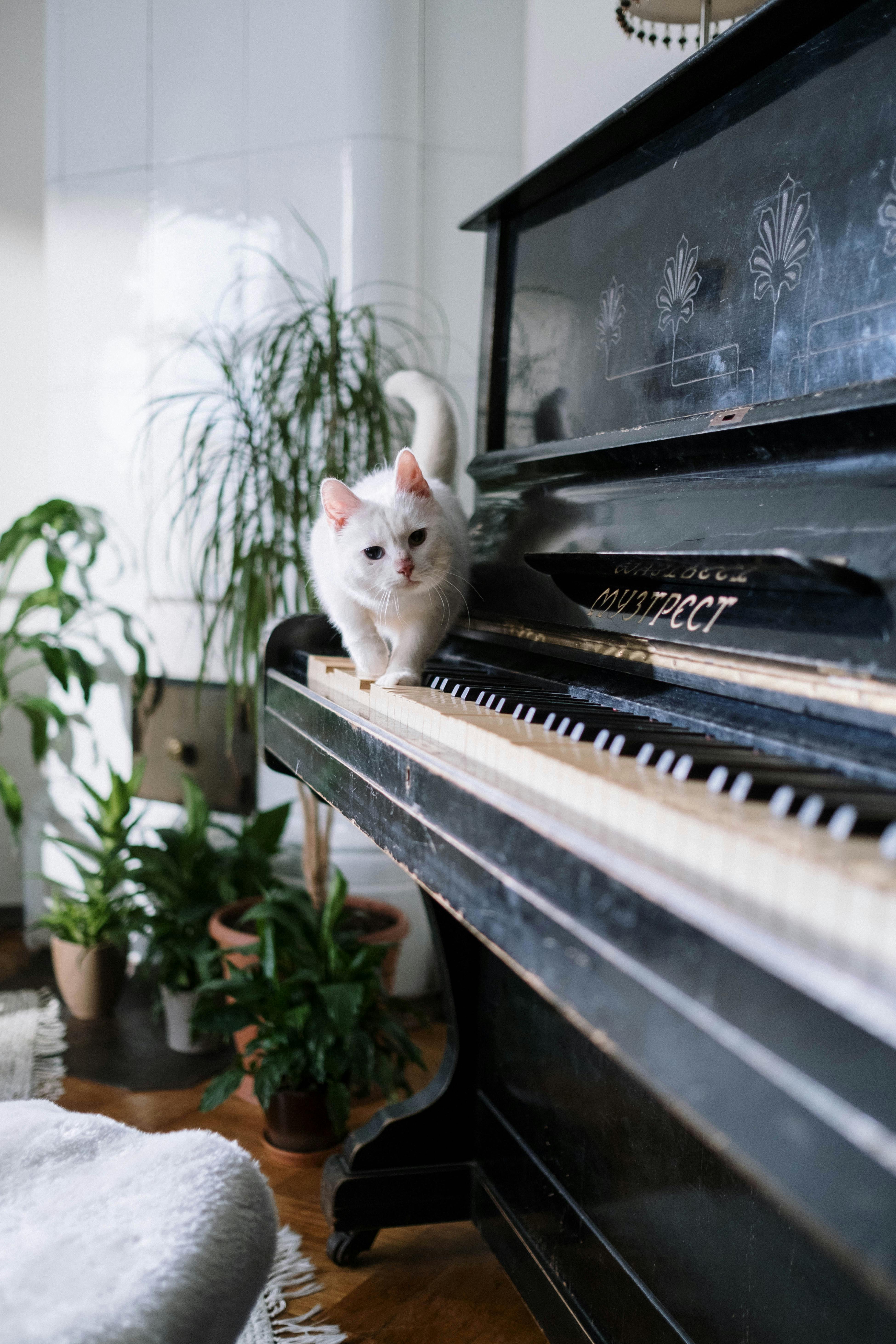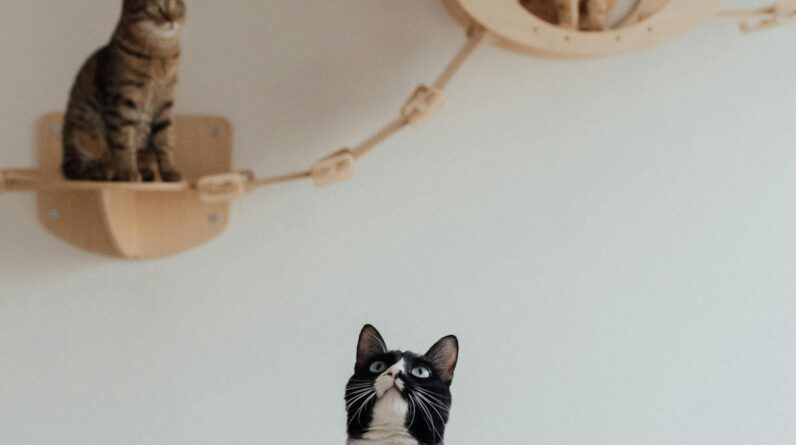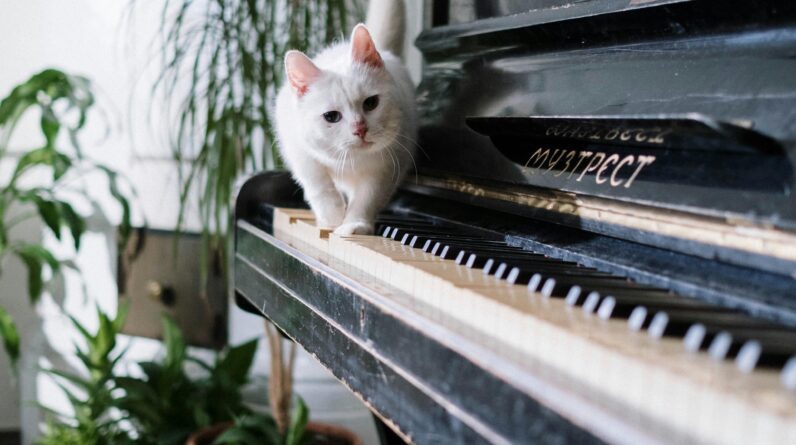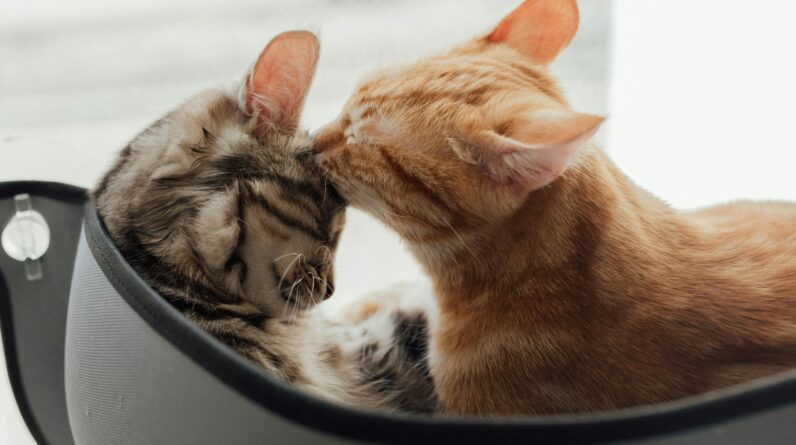
Have you ever wondered how cats are categorized? It’s fascinating! There are many ways to group our furry friends. Understanding these categories helps in knowing their unique characteristics.
First, cats can be classified by breed. Breeds like the Siamese or Maine Coon have distinct traits. Each breed has its own history and story!
Another way is by coat type and color. Cats come in short, medium, and long-haired varieties. Their coats can be solid, striped, or even spotted.
Cats can also be grouped by behavior. Some cats are playful while others are more relaxed. Knowing your cat’s behavior helps in creating a happy home for them.
*Did you know vet visits for your ginger pal can cost up to $80, and emergencies can hit thousands? 😮 But worry not! Pet insurance has got your back.* For a tiny cost, avoid huge bills and keep your kitty healthy. Click here for peace of mind and endless purrs.
Breed Classifications of Cats


Did you know there are over 70 distinct cat breeds? Each breed has its unique features. These distinctions make our feline friends even more fascinating!
First, let’s talk about pedigreed cats. Pedigreed cats belong to recognized breeds with specific traits. Examples include the elegant Siamese and the fluffy Persian.
Then, we have non-pedigree or mixed-breed cats. These cats don’t fit into a single breed category but are just as lovable!
Within these categories, there are sub-classifications too! For instance, some breeds fall under long-haired types like the stunning Maine Coon. Others may be short-haired such as the sleek Abyssinian.
- Siamese: Famous for their blue eyes and chatty nature.
- Maine Coon: Known for their large size and tufted ears.
Physical Traits and Characteristics
Let’s dive into the fascinating world of cat physical traits. Cats come in various shapes and sizes, each with unique features!
First, consider their *coats*. Some cats have long, luxurious fur like the **Ragdoll**. Others sport short, sleek hair like the **Bengal**.
*Eye color* is another mesmerizing trait. You might see cats with blue eyes, green eyes, or even odd-colored eyes! The **Turkish Van** often has one blue eye and one amber eye.
- Their *ears* are also varied. For example, the **Scottish Fold** has adorable folded ears.
- In contrast, the **Oriental Shorthair** boasts large ears that stand tall.
*Tails* come in different styles too. While most cats have long tails for balance, some breeds like the **Manx** are tailless or have a short stubby tail!
Behavioral Categories of Cats


Cat behavior is super intriguing and varies greatly. Let’s explore some common behavioral categories!
Some cats are very *affectionate*. These kitties love to cuddle and follow you around. They might even enjoy being held or sitting on your lap.
Others are more *independent* and enjoy spending time alone. These cats may still love you but show it in different ways, like bringing you a ‘gift’ from outside.
- *Playfulness* is another key trait. Playful cats can turn anything into a toy! They chase after string, pounce on shadows, and entertain themselves for hours.
- *Curiosity* is also common among felines. Curious cats will investigate every nook and cranny of your home. They love exploring new places and discovering hidden treasures.
Wild vs. Domestic Cats


The world of cats is divided into wild and domestic ones. Let’s see what makes them different!
**Wild cats** live in the great outdoors and fend for themselves. They hunt for their food, find shelter, and survive without human help. Examples include lions, tigers, and bobcats.
In contrast, **domestic cats** share their lives with humans. These kitties live in our homes and rely on us for food and care. Domestic breeds include the Persian, Siamese, and Maine Coon.
- *Behaviorally*, wild cats are more aggressive as they defend territories.
- Domestic cats tend to be friendlier but can still be fierce hunters when playing!








